|
by Dark Watcher |
|
|
Talk about a success story. Nintendo's jump into the console market was a gamble which turned a simple toy company into one of the
biggest videogame console manufacturers in the biz. Nintendo began its gaming history producing arcade hits like Donkey Kong and Mario Bros and selling the licensing rights to those games for home console use (see ColecoVision). Eventually Nintendo decided to take a crack at the home console industry. The Nintendo Famicom (FAMIly COMputer) videogame system was released in Japan in 1983. The console's great specs and ports of Nintendo's popular arcade titles quickly made it a popular favorite in Japan. The Famicom sold 2.5 million systems in that same year. With success achieved in Japan, they set their eyes on the American gaming market. They began negotiations with the American videogame console industry leader Atari to bring the Famicom to the U.S. The "Great Videogame Crash of 1983", along with and some poor business announcements, forced Atari to pull out of the agreement. After the negotiations fell through, Nintendo decided to release the system on their own regardless of the weak videogame market or the recent crash occurring in the States. Nintendo take a chance? You bet, but they were not going to gamble without doing their homework. |
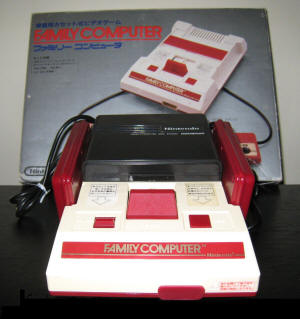 |
|
They called the US. version of the Famicom the Nintendo Entertainment System (NES) and designed it to look less like a videogame
console and more like something that would fit in with other home entertainment appliances. Nintendo took steps to make the system
seem like a computer or a VCR. Nintendo even agreed to buy back all unsold inventory in order to get retailers to take a chance on
them.
The NES also used 72 pin cartridges (the Famicom used 60 pin). Four of the additional pins were used for Nintendo's patented lockout chip. This initially prevented software developers from producing unlicensed games for the NES. Nintendo used the lockout chip and restrictions on 3rd party software developers to prevent the over saturation of bad games that contributed to the "Videogame Crash". Nintendo would later debut the NES successor, but would still try to cash in on the remainder of the NES's success. In 1993, they released a top loading NES model 2. This newer model was scaled down to nearly half the size of the original. The case was a sleeker design (like a smoother Famicom). The cartridge port was more stable and used eject & power buttons similar to its successor the SuperNES. Even the controller had the "bone-like" shape of the SuperNES. This new model sold for $45. The cheaper price came at the loss of the original model's interface and A/V output ports. Nintendo dropped support for this new model a year later. Today, its a collectors item. |
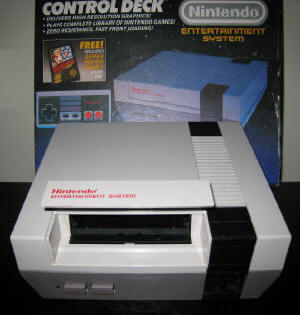 |
|
The Nintendo NES was an amazing success and revived the videogame console market in the United States. Nintendo ushered in the 3rd
Generation of console gaming. With over 62 million systems and over 500 million games sold, the NES is one of the most popular
videogame system of its time.
FACT: Nintendo's success introduced some of the most interesting accessories and conversions. Who could forget the "Power Glove" and "R.O.B. the Robot". Nintendo slapped "NES-like" hardware into an Arcade cabinet and released Nintendo Playchoice to arcades everywhere. In Japan they released a disk drive accessory that allowed gamers to download games from vending machines onto a disk (Family Computer Disk System). |
|
|
by Dark Watcher |
|
|
What is it like to play a 3rd Generation Nintendo Entertainment System (NES) at the time of 8th Generation video game consoles (as of
this writing)? It is just as awesome as when we played the NES back in the 1980s. For some reason, we even fell into the practice of
the old "cart blow jam into slot wiggle then power on" technique. Based on that statement, you should know that we are talking about
the old original NES-001 model. This big old VCR wannabe toaster has survived the ages even though it possessed design flaws. What flaws you may ask? The most frustrating is the supposed Zero Insertion Force (ZIF) front loading cartridge slot that simulated the older VCRs of the time. The problem is that it was not really without force. If anything, the process bent the connector pins slightly, and over time caused the pins to wear out. The ZIF design also made the NES more susceptible to dirt and dust. Now add in Nintendo's infamous 10NES lockout chip and you get a lot of wasted effort just trying to get a game to start. The 10NES lockout chip worked by consistently checking-in with a chip found in each licensed game. If the 10NES failed to see the game's chip, it would reset the NES system. |
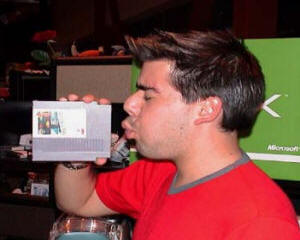 |
|
This chip was meant to prevent unlicensed games, but only really served to frustrate gamers. If the cartridge and / or NES
connector pins were dirty or not properly seated because of the ZIF, you get constant game resets. Visualize branding a grizzly bear’s
behind with a red hot poker in an enclosed room. Now picture old DW on the last stage of Ninja Gaiden and the NES decides to reset. Yeah…..kind of like that.
In terms of appearance, the NES won't win any awards on external design. However, keep in mind that the design was a result of Nintendo's attempt to change the view of consumers scorned by game consoles of the 2nd Generation. The NES was not meant to look like a video game console. The external case is fairly durable. I suppose it has to be considering how many times you need to slap, drop, slam, etc. just to get a game to start. |
|
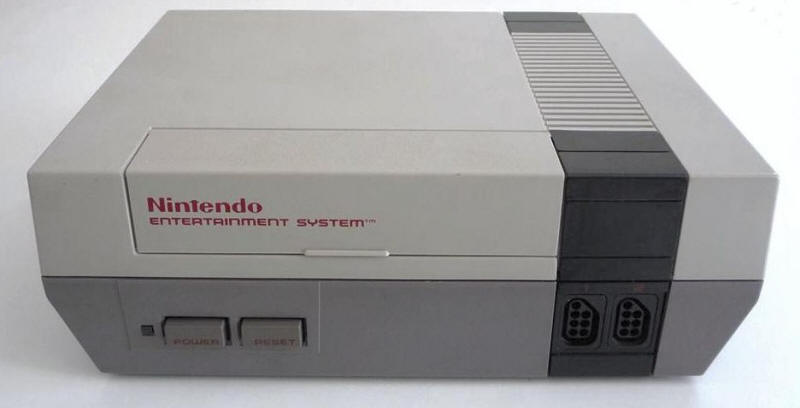 |
|
|
So you manage to get the game to start. All of a sudden you decide to forgive the NES its flaws. The NES has an enormous library of
quality game titles with many genres to choose from. Each cartridge is amazingly durable and possesses MMC chip enhancements on some
titles that enhance game play and video quality beyond the consoles original design. This kept the 2D sprite graphics and scrolling
pretty high for the generation even though console competition offered higher technical specs. Game packaging usually displayed pretty
impressive artwork (the Mega Man artwork can be forgiven). You have to know the games are good because Nintendo has regurgitated many
of the titles, made them playable on some of their handheld devices and even made them downloadable on their 7th Generation
Wii console. However, none of these methods can truly replace the experience and responsiveness of playing on the actual NES with the rectangular
simplistic NES-004 controller (the controller that ushered in the age of the D-Pad). The NES-004 controller has a simple button layout that just works. It fits easily in the hands (unless you suffer from humungous hand syndrome and love the Xbox "Duke" controller). The colors and quality of the sprites look good with the RF connector, but even better with RCA composite. The Mono Audio is decent and developers made memorable music with the limited sound channels, but NES is missing some of the sound capabilities of the Japanese version (Famicom). There is even an astounding amount of other controllers and accessories that can enhance game play. Sure…we could mention the NES-101 redesign Nintendo introduced in 1993. The NES-101 top loader did correct the ZIF / 10NES problems and offered a smaller form factor. We are just not a fan of the redesigned "dog bone" NES-039 controllers or the restriction of RF video. Granted, there were a few redesign of the redesign models that had the Multi AV out found with the SuperNES, but the case also suffers from the same yellowing as the SuperNES as well. The NES is a definite classic collectible that marks the return of video console gaming. There are still quite a few out there. So it is not winning any rarity points, but for DW it is like revisiting an old friend. That's winning in of itself. |
|
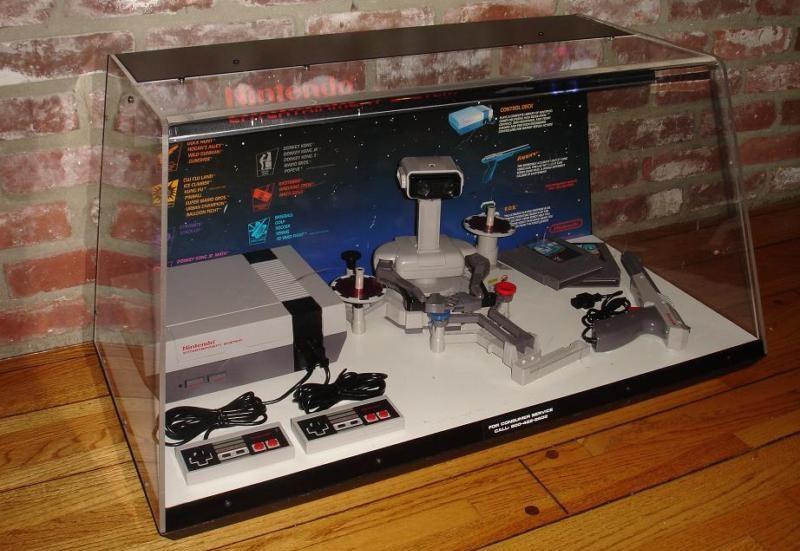 |
|
|






 2010s - NOTES
2010s - NOTES


 MODELS
MODELS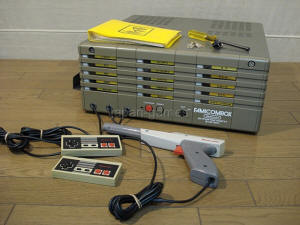
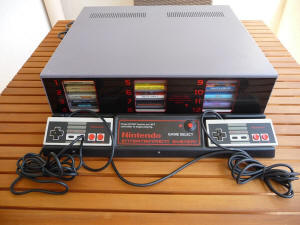
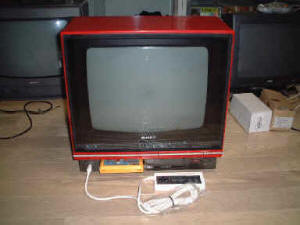
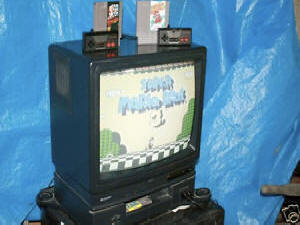
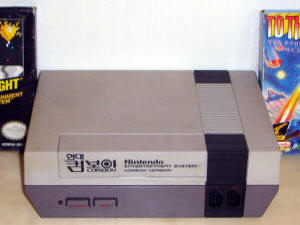
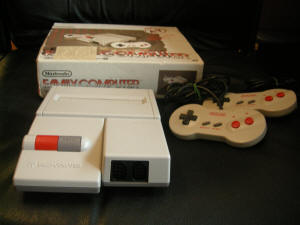
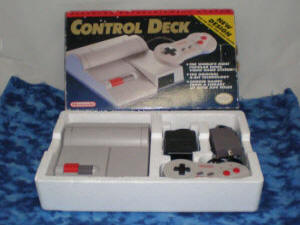
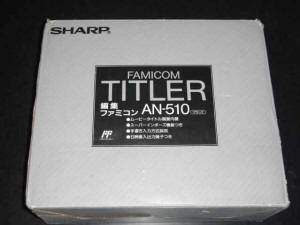
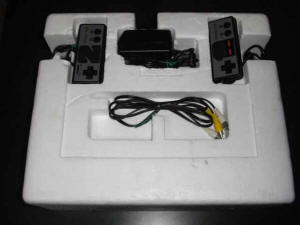
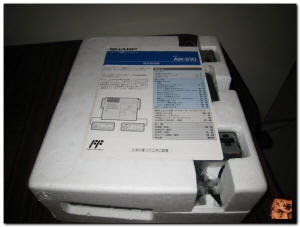
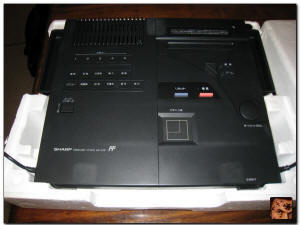
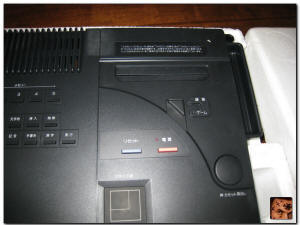
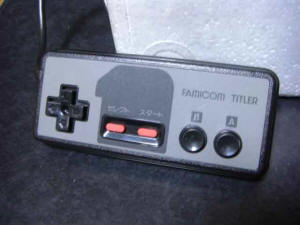
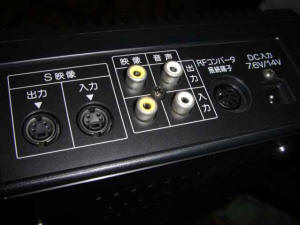
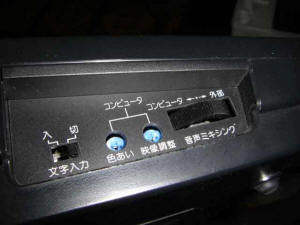
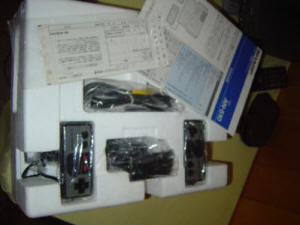
 CLONES
CLONES CONSOLE RATINGS
CONSOLE RATINGS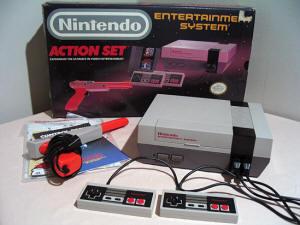
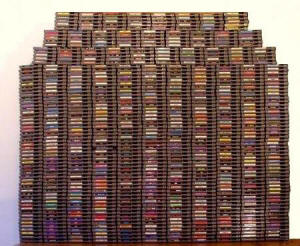
 FORMAT, PACKAGING & GENERAL INFO
FORMAT, PACKAGING & GENERAL INFO

















 SCREENSHOTS
SCREENSHOTS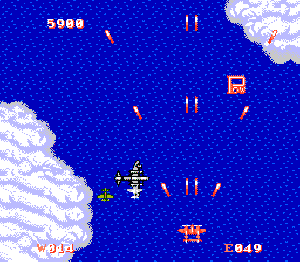
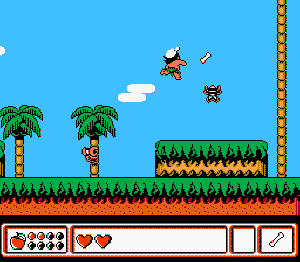
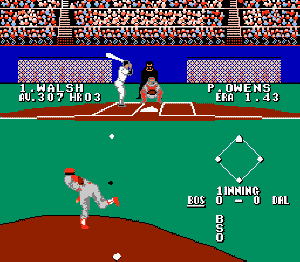
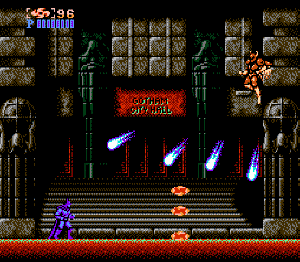
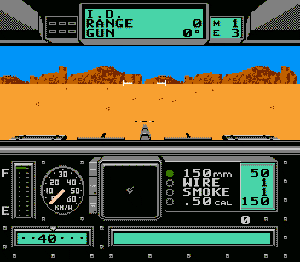
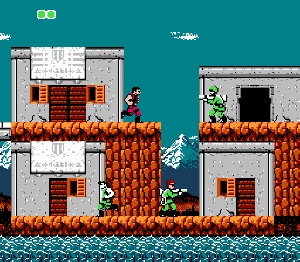
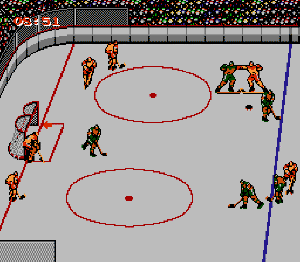
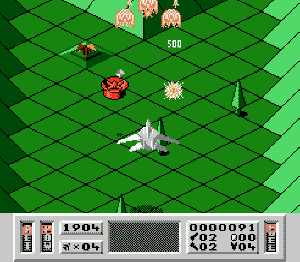
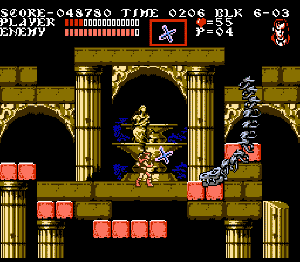
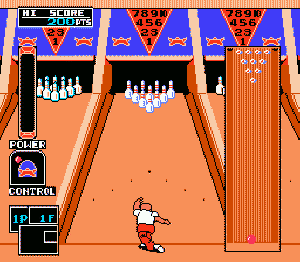
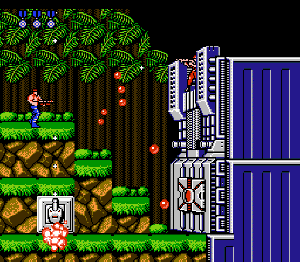
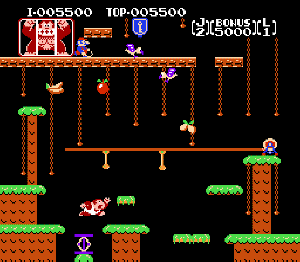
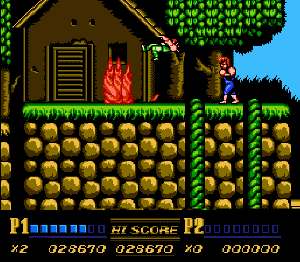
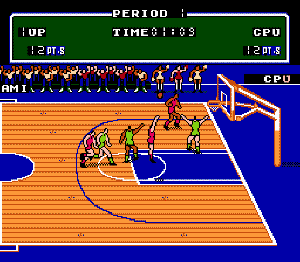
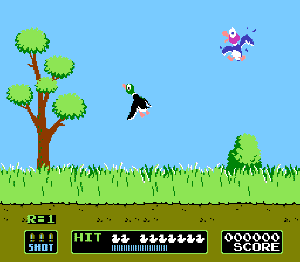
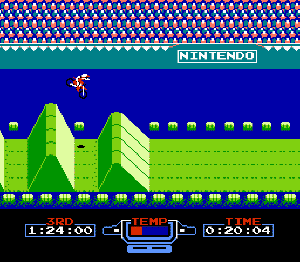
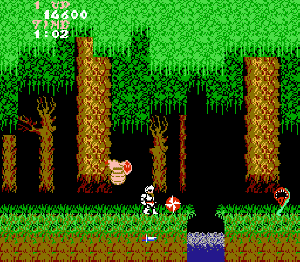
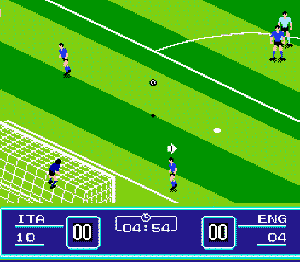
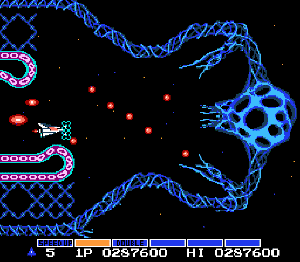
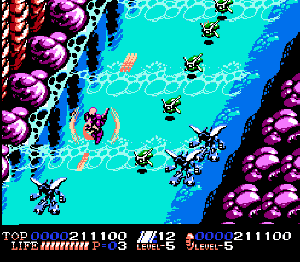
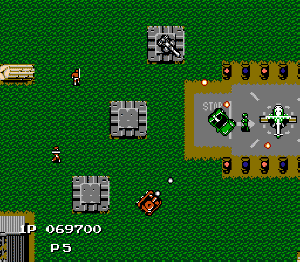
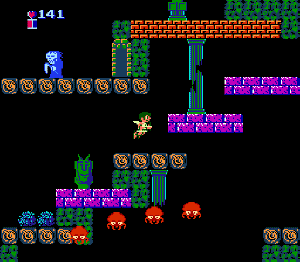
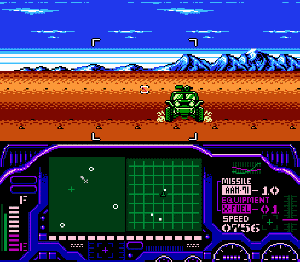
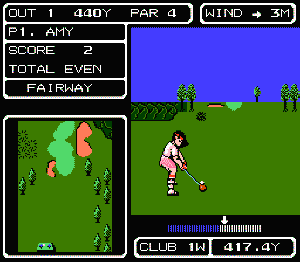
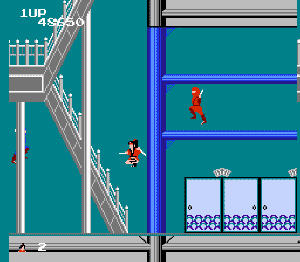
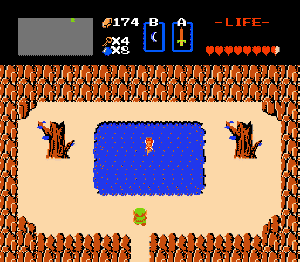
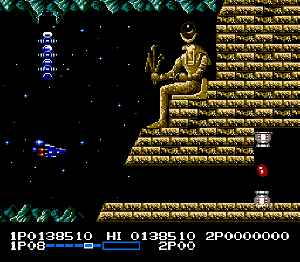
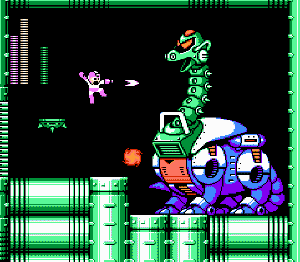
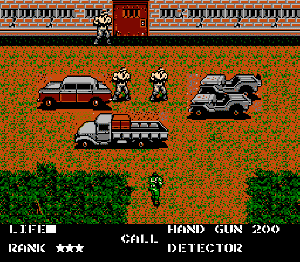
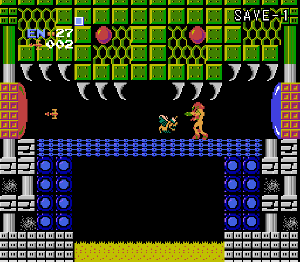
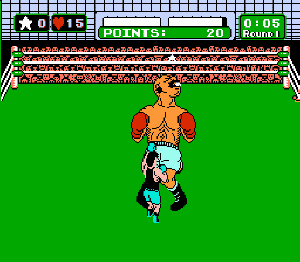
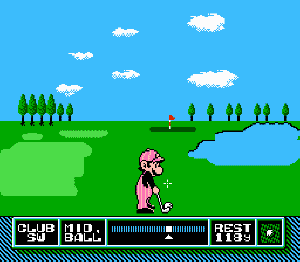
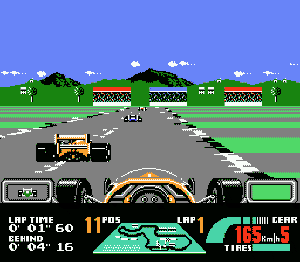
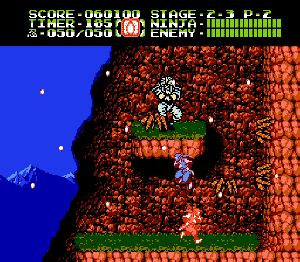
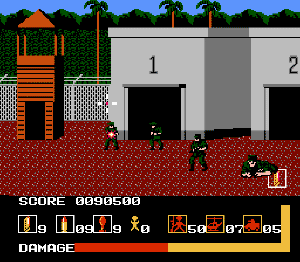
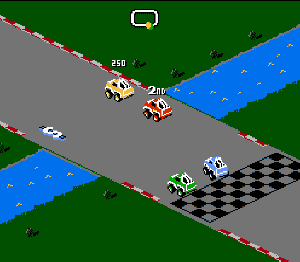
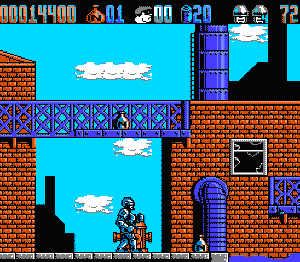
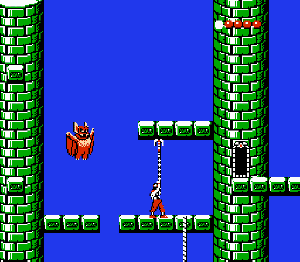
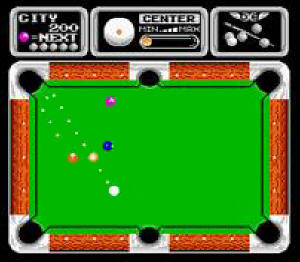
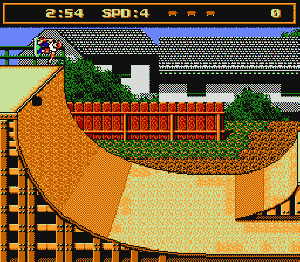
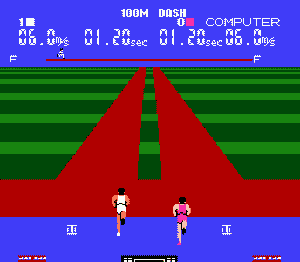
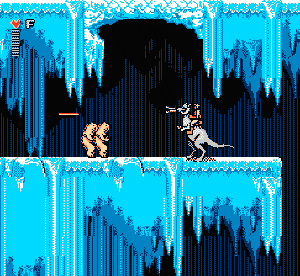
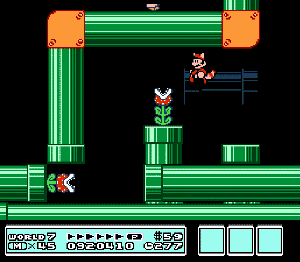
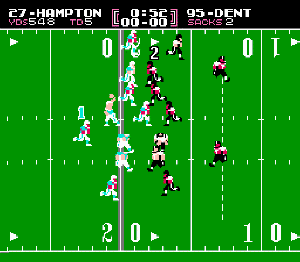
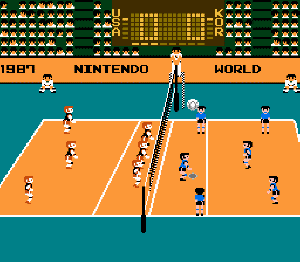
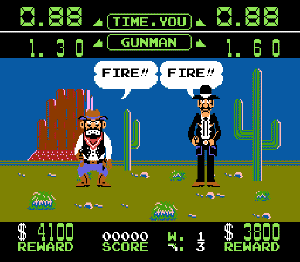
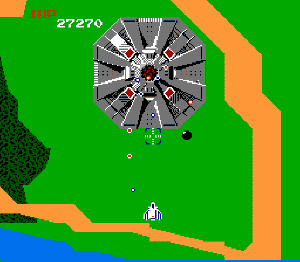
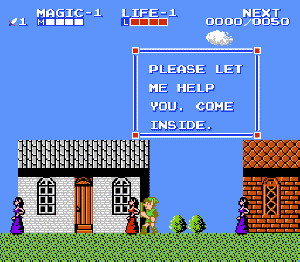
 EMULATION
EMULATION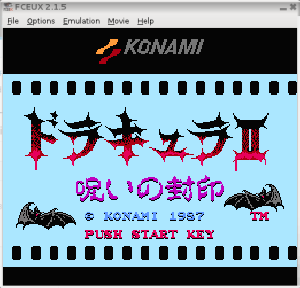
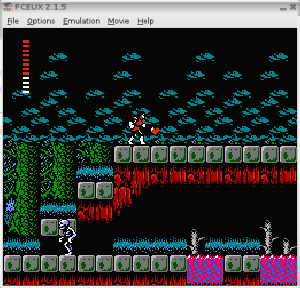
 SPECS & MANUALS
SPECS & MANUALS OTHER
MEDIA
OTHER
MEDIA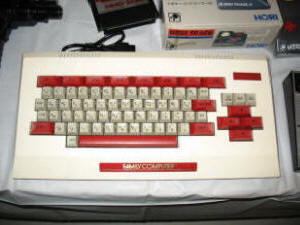
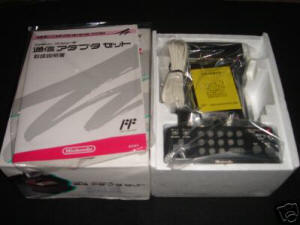
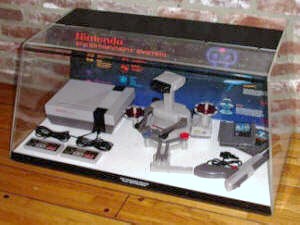
 WEB RESOURCES
WEB RESOURCES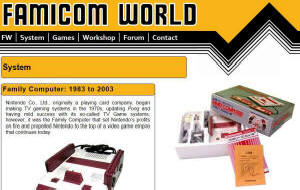
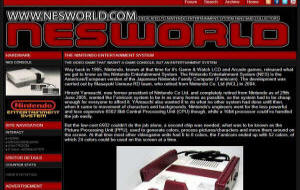
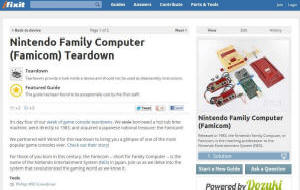
 DISCUSS
DISCUSS